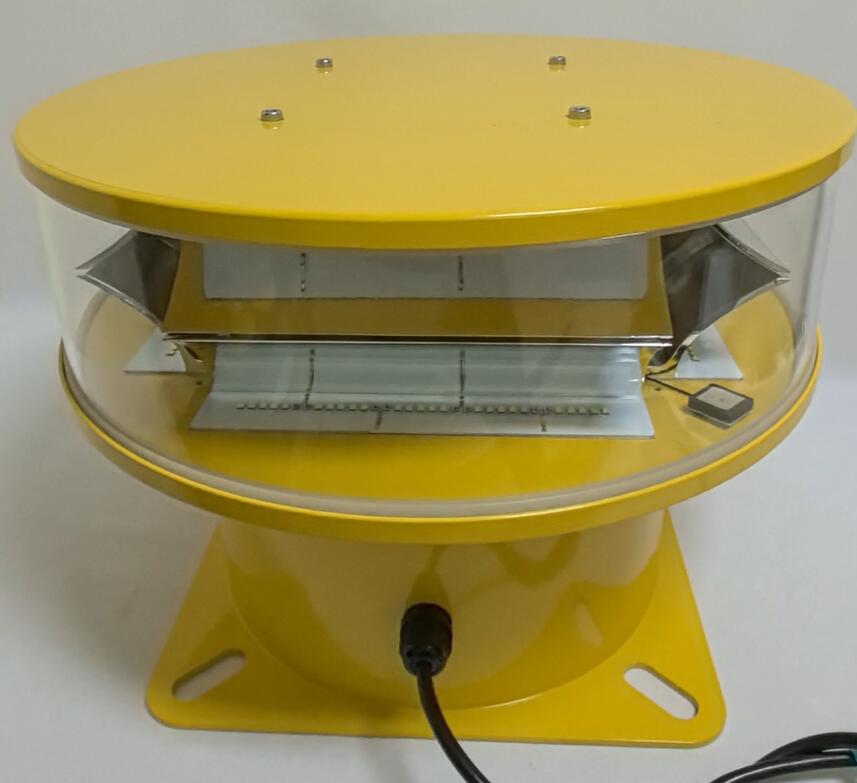High Intensity Obstruction Light: Ensuring Safety in Aviation and Infrastructure
The high intensity obstruction light is a critical component in aviation safety and infrastructure protection. Designed to warn pilots of tall structures such as towers, bridges, and wind turbines, these powerful lights ensure visibility in both day and night conditions, as well as during adverse weather. As air traffic increases and urban landscapes grow denser, the role of high intensity obstruction lights becomes even more vital in preventing collisions and enhancing navigational safety.
The Importance of High Intensity Obstruction Lights
Obstruction lighting systems are mandated by aviation authorities worldwide to mark tall structures that could pose hazards to low-flying aircraft. Among these systems, high intensity obstruction lights are the most visible, capable of penetrating fog, rain, and other poor visibility conditions. Their primary functions include:
Preventing Collisions – By providing a clear visual warning, these lights help pilots identify obstacles from a distance, allowing for timely course adjustments.

Regulatory Compliance – Aviation bodies such as the FAA (Federal Aviation Administration) and ICAO (International Civil Aviation Organization) require specific lighting standards for structures exceeding certain heights.
24/7 Visibility – Unlike medium or low-intensity lights, high intensity obstruction lights are designed to remain effective during both daylight and nighttime operations.
| high intensity obstruction light |
Key Features of High Intensity Obstruction Lights
Modern high intensity obstruction lights incorporate advanced technologies to maximize reliability and performance. Some notable features include:
High Luminosity – These lights produce intense beams that can be seen from miles away, ensuring early detection.
Durability – Built to withstand extreme weather conditions, including high winds, heavy rain, and temperature fluctuations.
| high intensity obstruction lights |
Energy Efficiency – Many models now use LED technology, reducing power consumption while maintaining high brightness.
Automatic Monitoring – Some systems include self-diagnostic functions to alert maintenance teams in case of failures.
Applications of High Intensity Obstruction Lights
The use of high intensity obstruction lights spans multiple industries:
Aviation – Towers, antennas, and airport structures rely on these lights to prevent accidents.
Wind Energy – Wind turbines, often located in remote or low-visibility areas, require high-intensity lighting for aerial safety.
Urban Infrastructure – Skyscrapers, bridges, and cranes use these lights to comply with aviation regulations.
Telecommunications – Cell towers and broadcast antennas are frequently equipped with high intensity obstruction lights to ensure visibility.
Regulatory Standards and Compliance
Different countries have specific requirements for obstruction lighting. For example:
FAA (USA) – Mandates high intensity obstruction lights for structures taller than 200 feet (61 meters) above ground level.
ICAO (Global) – Provides guidelines for lighting standards to ensure uniformity in international airspace.
EASA (Europe) – Requires synchronized lighting systems for clusters of tall structures.
Compliance with these standards is not optional—failure to install proper lighting can result in legal penalties and increased accident risks.
Future Trends in Obstruction Lighting
As technology evolves, high intensity obstruction lights are becoming smarter and more efficient. Emerging trends include:
Solar-Powered Systems – Reducing dependency on grid electricity, especially in remote locations.
Wireless Monitoring – IoT-enabled lights that transmit real-time status updates to control centers.
Adaptive Lighting – Systems that adjust brightness based on ambient light conditions, improving energy efficiency.
The high intensity obstruction light plays an indispensable role in modern aviation and infrastructure safety. By ensuring maximum visibility and adhering to strict regulatory standards, these lights help prevent accidents and protect both human lives and valuable assets. As technology advances, we can expect even more innovative solutions to enhance the effectiveness of obstruction lighting systems.
